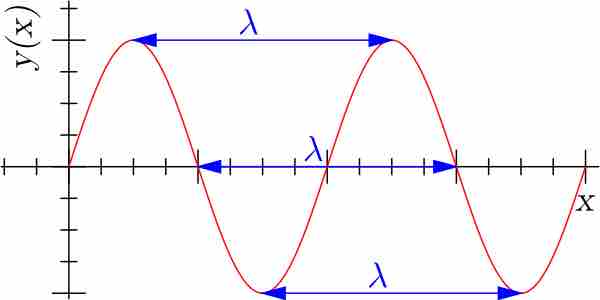Electromagnetic radiation can essentially be described as photon streams. These photons are strictly defined as massless, but have both energy and surprisingly, given their lack of mass, momentum, which can be calculated from their wave properties.
Waves were poorly understood until the 1900s, when Max Planck and Albert Einstein developed modern corrections to classical theory.
Planck theorized that "black bodies" (thermal radiators) and other forms of electromagnetic radiation existed not as spectra, but in discrete, "quantized" form. In other words, there were only certain energies an electromagnetic wave could have. In his work he developed what is now known as "Planck's constant," which is approximately equal to 6.626×10-34 J·s.
Energy
The energy (E) of a photon can be related to its frequency (f) by Planck's constant (h):
The ratio of speed of light (c) to wavelength (λ) can be substituted in place of f to give the same equation to energy in different terms . Note that energy cannot take any value: it can only exist in increments of frequency times Planck's constant (or Planck's constant times c divided by wavelength). Energy of a wave is therefore "quantized. "

Wavelength
Wavelength of the sinusoidal function is represented by λ.
Momentum
Momentum is classically defined as the product of mass and velocity and thus would intuitively seem irrelevant to a discussion of electromagnetic radiation, which is both massless and composed of waves.
However, Einstein proved that light can act as particles in some circumstances, and that a wave-particle duality exists. And, given that he related energy and mass (E=mc2), it becomes more conceivable that a wave (which has an energy value) not only has an equation to mass but a momentum as well.
And indeed, Einstein proved that the momentum (p) of a photon is the ratio of its energy to the speed of light.
Substituting E with hc/λ cancels the c terms, making momentum also equal to the simple ratio of Planck's constant to wavelength.